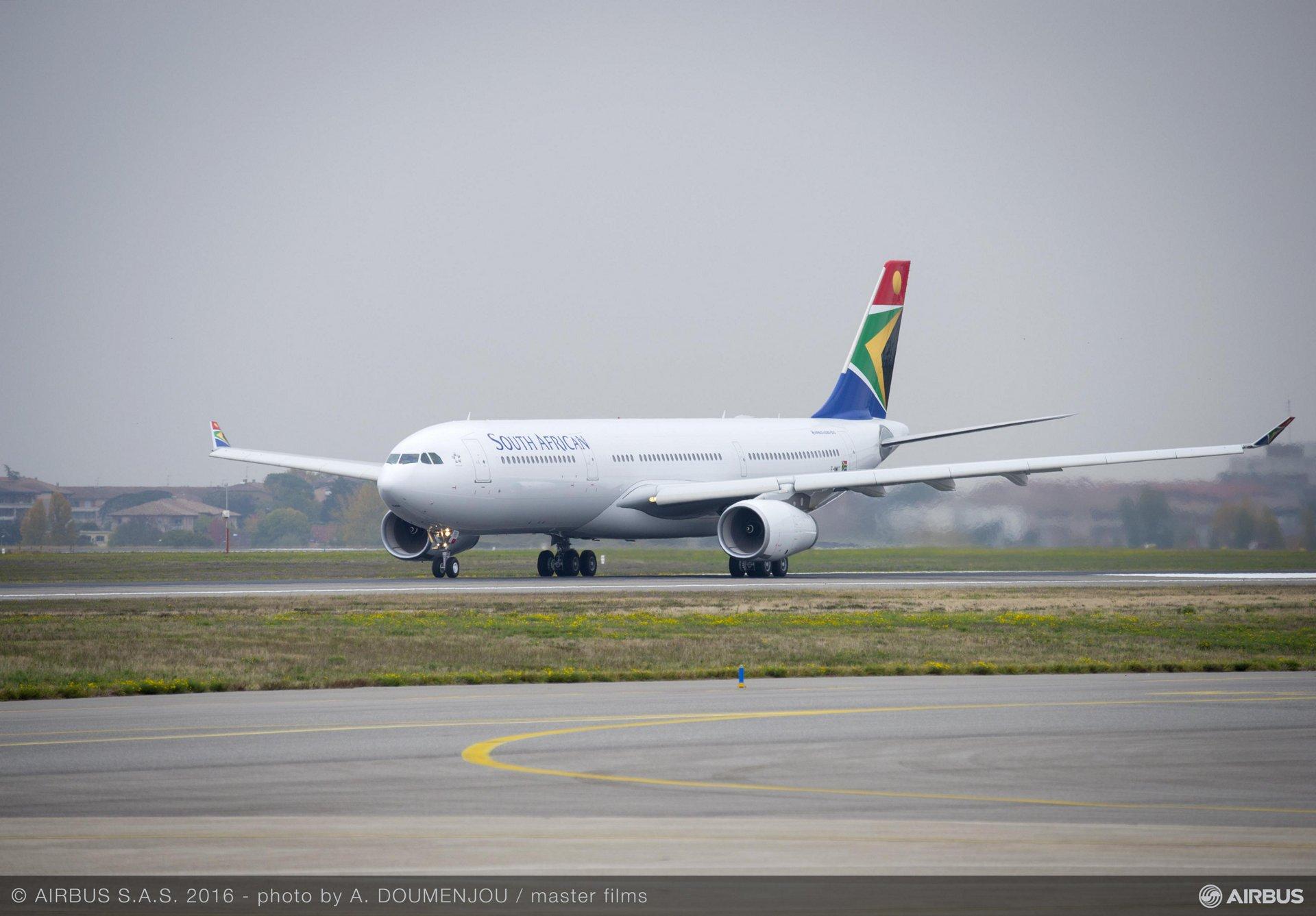
Of all the major aircraft types, the Airbus A330 probably had the hardest pandemic, with in-service numbers plummeting as long-haul travel collapsed.
In the three years up to 2020, the A330-200/300 fleet, including freighters, numbered around 1,250 aircraft, according to Aviation Week’s 2023 Commercial Aviation Fleet & MRO Forecast.
Yet this fell to 774 in-service aircraft in 2020, many of which were probably operating as temporary freighters, and numbers are not expected to recover to pre-pandemic levels.
However, the decline in the global fleet is being tempered by the aircraft’s popularity in the conversion market, with A330-200/300 freighter numbers expected to quadruple, to almost 200 aircraft over this decade.
Among these will be 10 A330-300 freighters that Altavair recently announced would be leased to Amazon Air.
The aircraft will be delivered following freighter conversion by Elbe Flugzeugwerke, a joint venture between ST Engineering Aerospace and Airbus, and the first of them will enter service with Amazon Air in late 2023.
More good news for the aftermarket is the relatively robust shop visit schedule for A330 engines, which – in order of popularity – are the Rolls-Royce Trent 700, General Electric CF6-80E and Pratt & Whitney PW4000.
Aviation Week forecasts that these will peak for the decade around 2025, when there will be about 750 overhauls, roughly two-thirds of which will be for the Trent 700.
This forms an important revenue stream for Rolls-Royce, which supports most of the mature Trent 700 fleet under time and material contracts, which are more profitable than its full-service power by the hour deals.
For more analysis of the A330 engine maintenance market, see the forthcoming Engine Yearbook 2023.





